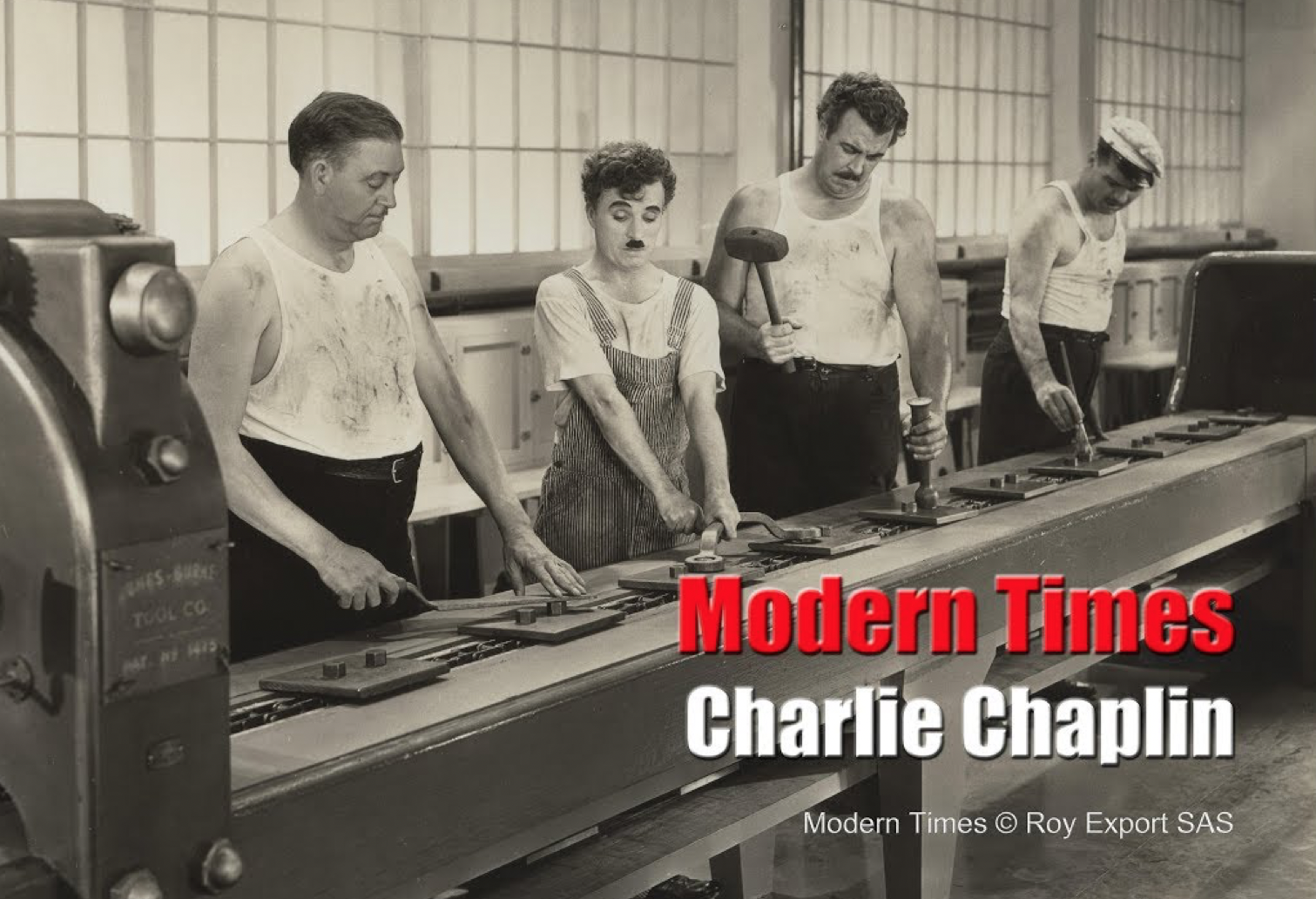Your product is a conversation
Registration for the next edition of the Product Management Program at the Tramontana Institute has been open since November. Since then, I've held regular meetings at the institute, with the intention of introducing and developing its content.
At this March's meeting, I proposed exploring the perspective of the digital product as a conversation.

The Jobs To Be Done framework favors conversational thinking.
Before jumping into the topic, as we always do as a preliminary, we took a look at the content of the edition currently underway. Each edition has its own space in Notion, where each participant has their own personal space, where exercises and discussions take place. Likewise, all the content I present in each session is incorporated there and expanded with new materials. Likewise, the participation of invited experts—one for each thematic unit—joins this content hub.
People like Pelayo Arbués, Daniel Gascón, and, recently, Omar Pera join in advance and actively participate beyond their one-off contributions.
I thought it would be a good idea to return to the origins of the web to understand some of the dreams embedded within it, which are also a good starting point for thinking about digital products as conversations.
Since we are in the moment of AI hype, and this once again contains a kind of renaissance of those dreams, I chose some of the most representative excerpts from Tim Berners-Lee's work, "Weaving the Web."
When I first started messing around with a software program that might eventually shape the World Wide Web, I called it Enquire, short for Enquire Within upon Everything... the book served as a portal to a world of information about everything from how to remove stains from clothes to investment advice...
What that first glimpse of the Enquire code led me to was something much bigger, a vision that encompassed the growth of ideas, technology, and society in an organic, decentralized way... It's a vision that gives us a new freedom and allows us to grow faster than we ever could when we were shackled by the hierarchical classification systems we cling to... it brings the workings of society closer to the workings of our minds.
Tim Berners-Lee — "Weaving the Web"
Language and communication play a crucial role in digital product development, yet more often than not, there is little thought surrounding them. And that its practice, consequently, is extremely poor. This was the first aspect we discussed, based on various practical examples I presented.
If we look at that empirical aspect of our daily work, we see a strange mix of operationalism—which tends to reduce everything to a task-based approach—and aspirations for problem-solving—which does incorporate some elements that attempt to explain flows, "user stories," and even strategy. Digital product practice moves between these two tensions.

Trying to piece together open-ended problems spoils the conversation.
I shared several representative examples that anyone can easily recognize as part of their work routine, where we can see the extent to which we try to solve open-ended problems (wicked problems) with tools and frameworks designed for closed tasks, and how the language and communication we articulate also corresponds to that register.
I proposed a more ambitious approach, where we connect our activity with other industries where history plays a central role and is the driving force behind everything.
Everything starts with a story.